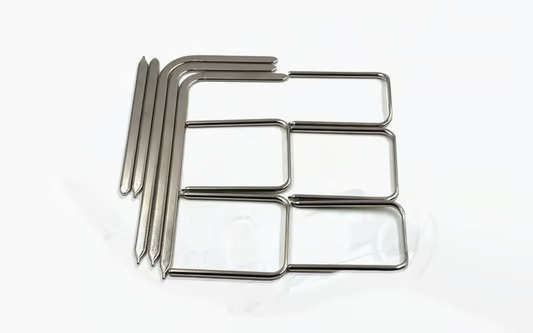heat sink with heat pipe: A Comprehensive Guide
Heat sinks play a vital role in cooling electronic devices and preventing overheating. Among the various types of heat sinks available, a heat sink with a heat pipe is highly efficient and effective. In this article, we will explore the concept and benefits of a heat sink with a heat pipe, how it works, its applications, and the advantages it offers. Read on to learn more about this innovative cooling solution.
The Basics of a Heat Sink with Heat Pipe
A heat sink is a passive cooling device that dissipates heat generated by electronic components, such as integrated circuits and CPUs. It is typically made of a thermally conductive material, such as aluminum or copper, with fins or ridges to increase the surface area for better heat transfer.
A heat pipe, on the other hand, is a highly efficient heat transfer device that utilizes the principles of phase change and capillary action. It consists of a sealed copper or aluminum tube containing a small amount of working fluid, such as water or a refrigerant. The heat pipe transfers heat from the source to the heat sink through evaporation and condensation.
How Does a Heat Sink with Heat Pipe Work?
A heat sink with a heat pipe combines the benefits of both technologies to achieve superior cooling performance. The heat pipe absorbs heat from the electronic component and transfers it to the heat sink, which then dissipates the heat into the surrounding environment.
When the electronic component generates heat, the working fluid within the heat pipe evaporates due to the high temperature. The vapor travels to the cooler end of the heat pipe, where it condenses back into liquid form and releases the heat. The condensed liquid then flows back to the hot end through capillary action, completing the heat transfer cycle.
Advantages of Using a Heat Sink with Heat Pipe
Using a heat sink with a heat pipe offers several advantages over traditional heat sink designs. Let's explore some of the key benefits:
1. Enhanced Heat Dissipation
A heat sink with a heat pipe provides enhanced heat dissipation capabilities due to the highly efficient heat transfer mechanism of the heat pipe. The heat pipe can quickly and effectively transfer heat away from the electronic component, preventing overheating and improving overall system performance.
2. Compact Design
Heat sinks with heat pipes are available in compact designs, making them suitable for applications with limited space. The efficient heat transfer mechanism allows for the use of smaller heat sinks while maintaining optimal cooling performance.
3. Reduced Weight
Compared to traditional heat sinks, heat sinks with heat pipes are generally lighter. This reduction in weight is particularly beneficial for portable electronic devices, where weight is a crucial factor that affects user experience and mobility.
4. Noise Reduction
The efficient heat transfer provided by heat sinks with heat pipes can result in reduced fan speeds or even eliminate the need for fans altogether. This leads to a quieter operation, making it ideal for noise-sensitive environments such as recording studios or offices.
5. Improved Reliability
Heat sinks with heat pipes have a longer lifespan and increased reliability compared to traditional heat sinks. The absence of moving parts and the hermetically sealed design of the heat pipe minimize the risk of mechanical failures, ensuring consistent and reliable cooling performance.
6. Versatile Applications
Heat sinks with heat pipes find applications in various industries and electronic devices. They are commonly used in computers, laptops, gaming consoles, LED lighting, power electronics, telecommunications equipment, and automotive electronics, among others.
Conclusion
A heat sink with a heat pipe is an efficient and effective cooling solution for electronic components. Its ability to transfer heat quickly and efficiently, compact design, reduced weight, noise reduction, improved reliability, and versatile applications make it a preferred choice in various industries. Incorporating a heat sink with a heat pipe in electronic devices ensures optimal performance and prevents overheating, thereby extending the lifespan of the components. Consider using a heat sink with a heat pipe for your next electronics cooling solution to experience the numerous benefits it offers.

